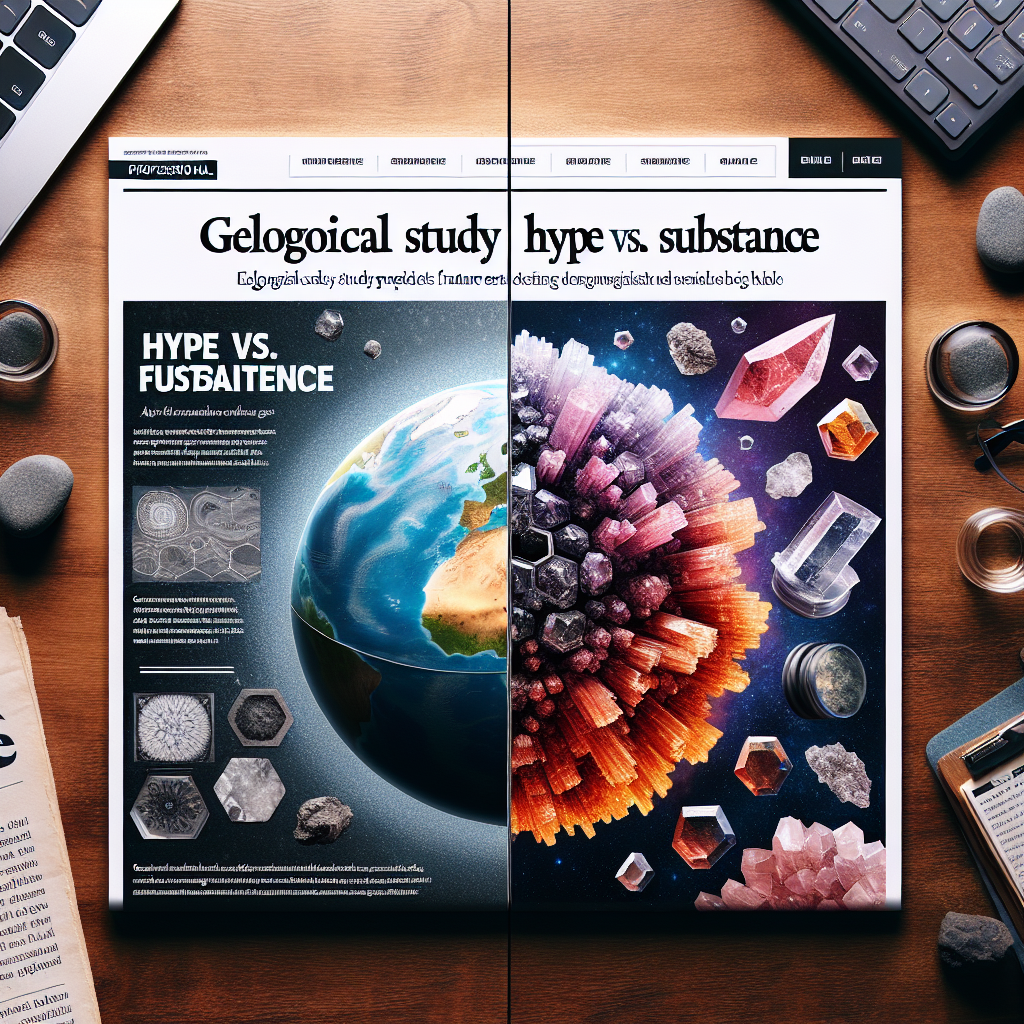Stepping onto the terrain of geological understanding, one cannot overlook ‘the green revolution in’ earth science which leverages technology and data-driven insights to predict future events. Our journey commences with understanding the research question at hand: Can geological studies substantially forecast pivotal earthly happenings?
The methodology deployed involved scrupulous collection of data from myriad sources including plate tectonic movements, volcanic activity logs and sedimentary rock layers. Rigorous computational models were then employed to draw potential correlations between these factors allowing prediction of ominous geologic activities.
The key findings surfaced a blend of inevitable & modifiable patterns. Geological records suggested recurring seismic cycles while human-induced climate change signaled potentially avoidable natural disasters.

The scientific significance lies not just within the realm of geology but envelopes broader disciplines too, notably climatology and environmental science – creating an interdisciplinary dialogue about our planet’s future.
Practical applications? Policymakers can leverage this knowledge to architect more resilient infrastructure or plan strategic evacuations minimizing loss during catastrophes.
The expert reactions varied – some expressing skepticism around accuracy while others heralding this as a breakthrough for preemptive measures against calamities.
Future research will probe deeper into complex interrelationships among various earth processes seeking more accurate algorithms for predicting phenomena like earthquakes or tsunamis.
Societal impact is undeniable – optimized urban planning, informed agricultural practices are some anticipated outcomes leading towards a safer world progression guided by conscientious policy-making.
Ethically speaking though predictive modelling promises mitigation against calamity it also can induce panic. Scientists and governments must thus tread carefully while communicating these findings.
As we navigate this uncharted territory, continued monitoring of these models and their real-world implications is paramount.

